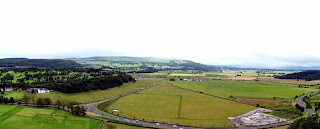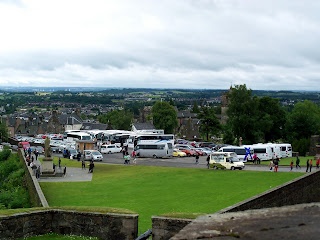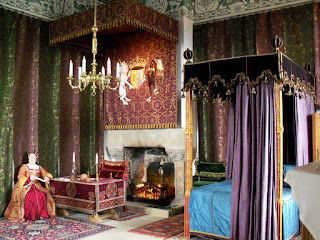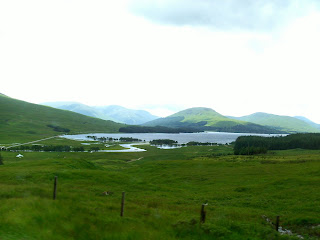Each entry for a given group
of photos is called a post. To the right of this text is the Blog
Archive; it contains all the posts. They are in descending date order
with the most recent date first.
Each date and month
has a small black triangle to the left. If it points to the right, everything
contained in it is rolled up. If you left click (there is no place you
have to double click) on the triangle to the left of, say, 2009, 6 different
months are displayed. There is at least one post in each month (the
number in parenthesis on the right is exactly how many). If you left
click on a black triangle next to December, two posts are available for viewing.
Left click on either one and the post will come up. The title you see in
the Blog Archive is what shows up at the top of the post. There is a date
above that: it is the actual date I created the post.
To roll the two posts back up, left click on the same triangle (it is now pointing down). Repeat this for all the posts you wish to view.
To view a larger image of any photo, left click anywhere in the photo (When the image comes up, note that there is a set of thumbnails at the bottom - it tells you how many photos are in that post).
To scroll through all the photos, left click anywhere within the larger image. To go back to the original set of photos, either left click anywhere within the black area on each side of a photo or click in the white 'X' that is within a white box in the upper right hand corner of the black background.
If the posts are viewed out of order, occasionally a comment will not make sense due to the fact that the 'leading' comment was made in an earlier post.
To roll the two posts back up, left click on the same triangle (it is now pointing down). Repeat this for all the posts you wish to view.
To view a larger image of any photo, left click anywhere in the photo (When the image comes up, note that there is a set of thumbnails at the bottom - it tells you how many photos are in that post).
To scroll through all the photos, left click anywhere within the larger image. To go back to the original set of photos, either left click anywhere within the black area on each side of a photo or click in the white 'X' that is within a white box in the upper right hand corner of the black background.
If the posts are viewed out of order, occasionally a comment will not make sense due to the fact that the 'leading' comment was made in an earlier post.
Note: when you are
viewing the larger images, my description is missing.





















































































